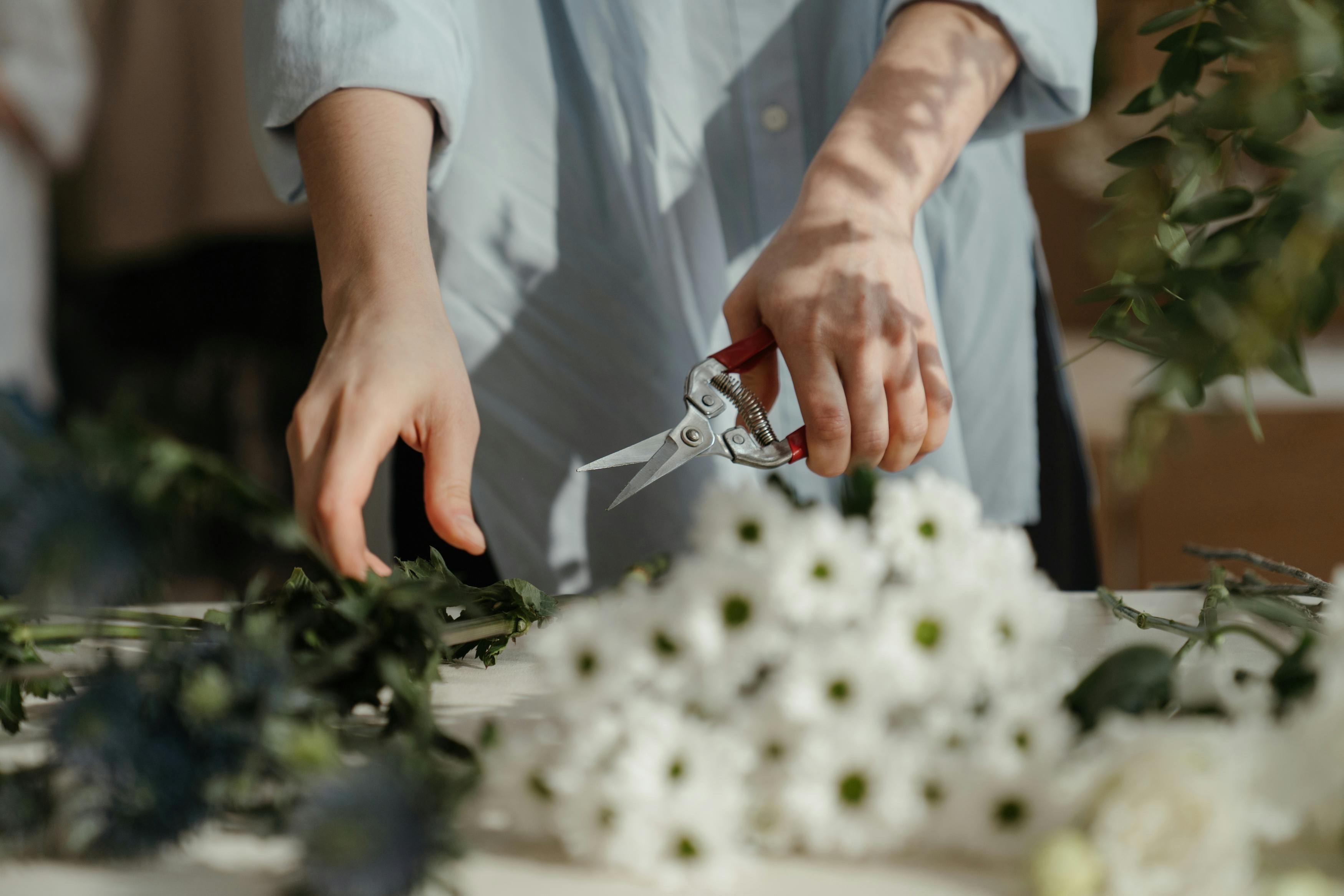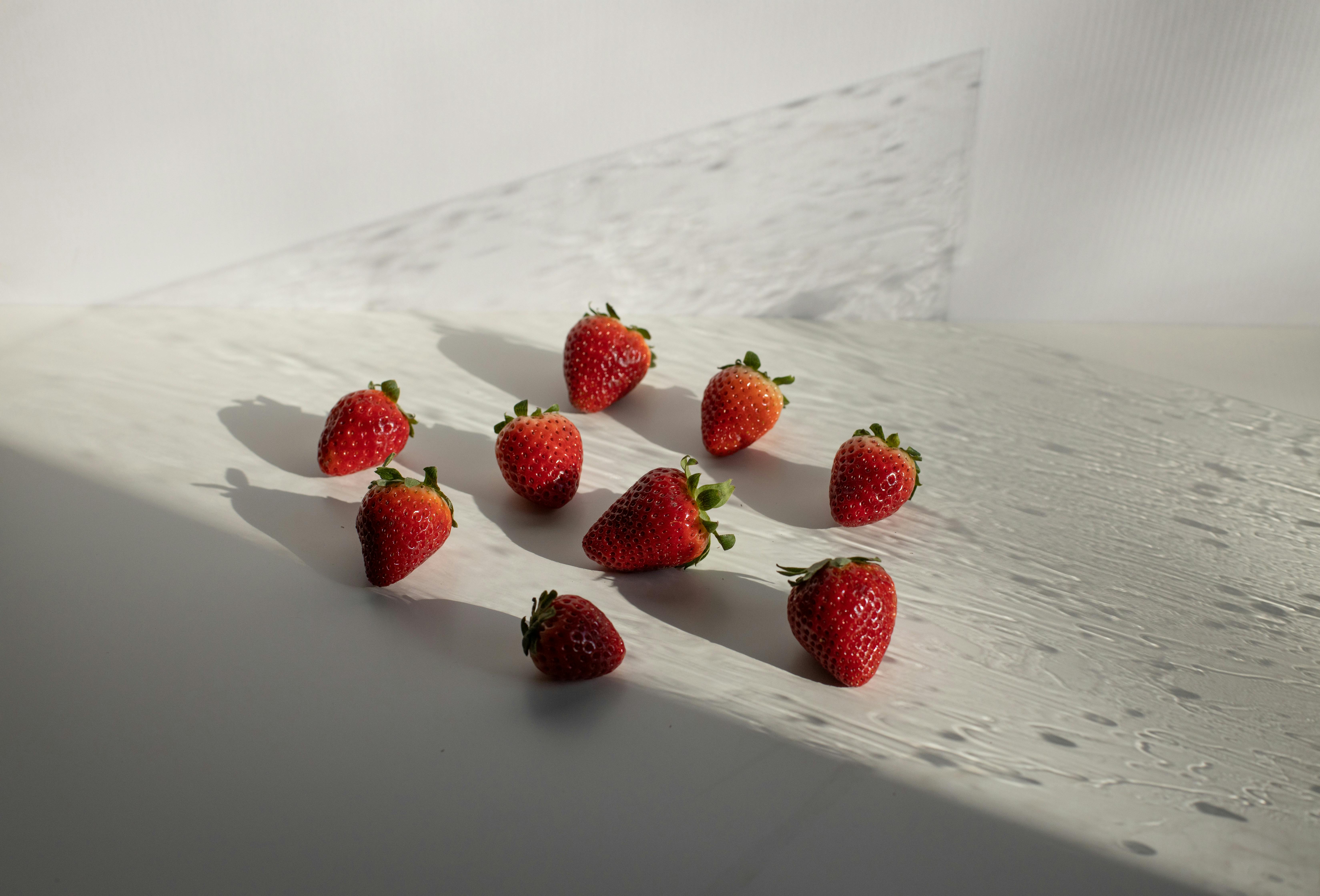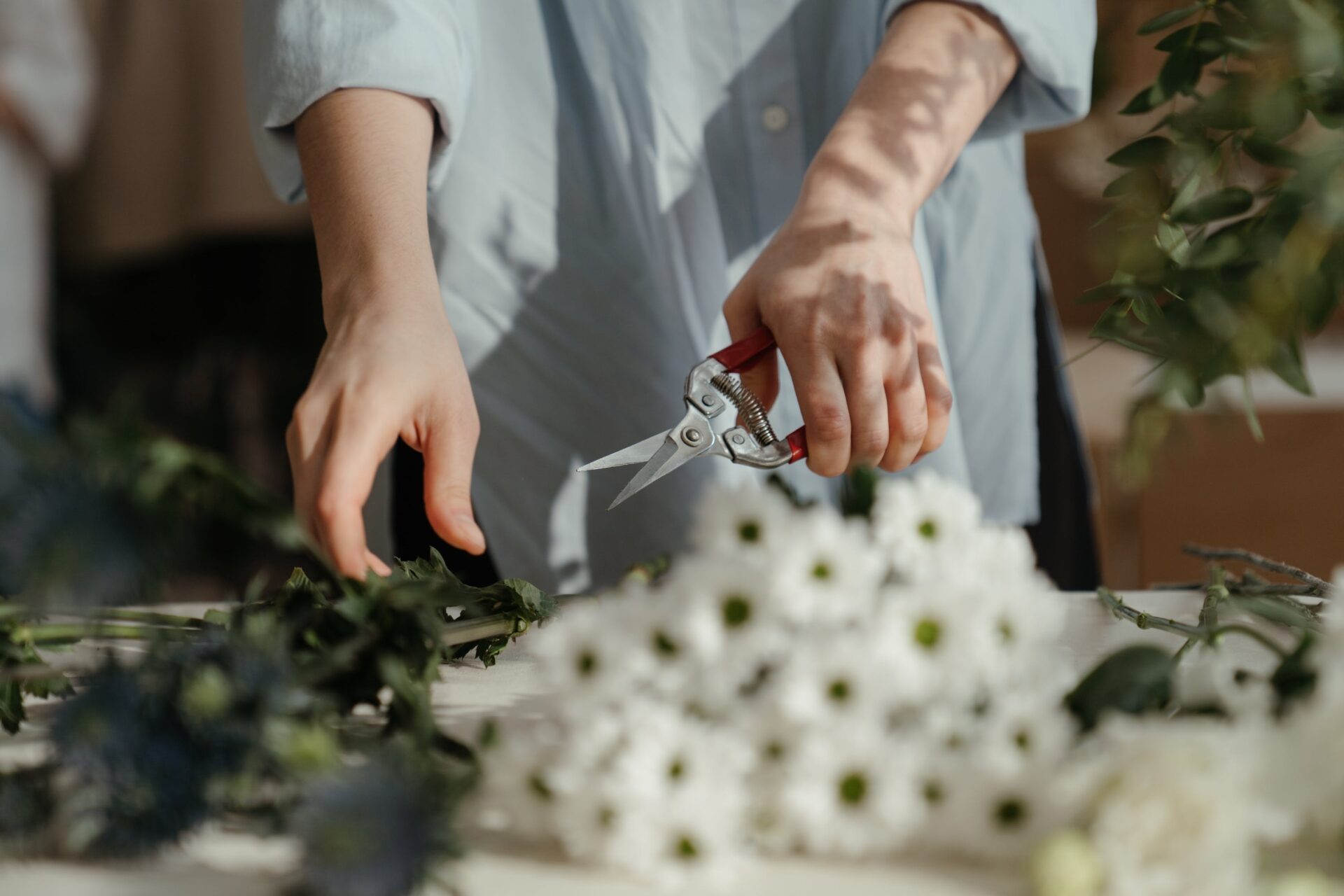Pruning strawberry plants is a key step in growing healthy and productive strawberry plants. Pruning helps to keep the plants from becoming overgrown, encourages new growth, and helps to improve air circulation which can help to prevent disease. In this article, we will discuss the basics of pruning strawberry plants, including when and how to prune for best results.Pruning strawberry plants offers several benefits, including increased air circulation, improved fruit quality, and greater resistance to disease. Pruning also helps encourage the plant to produce more runners which can be used to expand the strawberry patch. By removing dead leaves and other debris from the plants, they will have an easier time absorbing nutrients and moisture. Pruning also helps promote a bushier plant that is more apt to produce larger and tastier fruits. Pruning can help keep the strawberry patch looking neat and orderly while providing an optimal environment for the plants to thrive.
When to Prune Strawberry Plants
Pruning strawberry plants is an important part of keeping them healthy and productive. Pruning helps to promote growth, remove old leaves and flowers, and can even help prevent disease. Knowing when to prune is just as important as knowing how to prune. It’s best to prune strawberry plants at the end of the season, just after the last harvest. That way, you can remove any diseased or damaged foliage before winter sets in.
At the beginning of the growing season, prune off any dead or damaged leaves or stems. This will help promote new growth and encourage more productive yields. Once your plants start flowering, it’s time to start removing any old flower heads that have gone past their prime. This will help keep your plants from becoming over-crowded and will allow new flowers to take their place.
In early summer, you can also start removing any foliage that is not producing berries or flowers. This will help open up the plant and promote better air circulation which can reduce the risk of disease in your strawberry patch. As the season progresses, you may need to do some additional selective pruning if you notice overcrowding or if certain areas are not producing well.
Pruning should be done regularly throughout the growing season in order to keep your plants healthy and productive for years to come. Before winter arrives, make sure all dead or damaged foliage has been removed so that your plants are ready for a strong start in spring!
Preparing to Prune Strawberry Plants
Pruning is an important part of proper strawberry plant maintenance. Pruning helps to ensure that the plants produce the best possible fruit, while also allowing for better air circulation and reducing the risk of disease. Before pruning your strawberry plants, it’s important to take some time to prepare.
First, check your plants for any signs of disease or pests. If you notice any problems, it’s best to take action immediately and treat them before beginning the pruning process. This can help reduce the spread of disease and keep your plants healthy.
Next, make sure that you have all the necessary tools on hand before starting. You’ll need a pair of sharp pruning shears or scissors, as well as a sterile cloth or paper towel for cleaning them between cuts. This will help prevent spreading any bacteria from one plant to another.
Finally, it’s a good idea to inspect each plant thoroughly before beginning the pruning process. Check each stem for signs of damage or disease, and trim off any dead or diseased leaves or stems as you go. This will help ensure that only healthy parts of the plant are left behind after pruning is complete.
Once you’ve finished preparing for pruning, it’s time to start cutting! With careful attention and proper technique, you can ensure that your strawberry plants remain healthy and productive for years to come.
Removing Dead Leaves and Stems from Strawberry Plants
Strawberry plants are a popular choice for home gardeners. They are relatively easy to grow and can produce a large crop of delicious, sweet berries. However, in order to keep your plants healthy and producing an abundant crop, it is important to remove dead leaves and stems from the plants on a regular basis. This will help prevent disease and pests from taking hold in the plant.
The best time to remove dead leaves from strawberry plants is during the growing season, when you can easily identify them. Dead leaves will be brown and dry, while healthy leaves will be green and fleshy. You should also check for any dead stems that may have been left behind after harvesting or pruning. These should be removed as well, as they can harbor pests or disease-causing organisms.
When removing dead leaves or stems, you should use sharp pruning shears or scissors so that you do not damage the other parts of the plant. Once you have removed all of the dead material, it is important to dispose of it properly so that it does not spread any diseases or pests to other nearby plants. Composting is one way to safely dispose of these materials without putting your other plants at risk.
After removing all of the dead material from your strawberry plant, it is also important to keep an eye out for signs of disease or pests on the remaining healthy foliage. If you notice any problems, it is best to take action as soon as possible in order to prevent further spread of the problem. This may involve treating with a fungicide or insecticide if necessary.
Taking care of your strawberry plants by regularly removing dead leaves and stems can go a long way towards keeping them healthy and productive throughout the growing season. With proper care and maintenance, you can ensure that your strawberry crop will be abundant each year!
Pruning Strawberry Plants
Pruning strawberry plants is important for their health and productivity. Pruning helps to remove dead or diseased leaves, canes and flowers, which helps to reduce the spread of disease. Pruning also encourages healthy new growth, which results in more abundant fruit production. The best time for pruning strawberry plants is in the spring when the plant is actively growing. Before you begin pruning your strawberry plants, it is important to understand the different parts of a strawberry plant and how they should be pruned.
Strawberry plants consist of a crown, runners (or stolons), and leaves. The crown is the main part of the plant that produces flowers and fruits. Runners are long stems that grow from the crown and produce daughter plants at their tips. Leaves are where photosynthesis takes place, providing energy for plant growth and production of fruit.
When pruning strawberry plants, it is important to first remove any dead or diseased leaves or canes from the crown or runners. Dead or diseased material should be disposed of properly so as not to spread any disease or pests to other areas of your garden. After removing any dead material, it is important to cut back any overgrown runners by up to one third their length; this will encourage new growth and help keep your strawberry plants compact and tidy-looking.
When trimming leaves, it is best to remove only those that are yellowed or wilted; these leaves are no longer able to contribute energy for productive fruit production. After trimming off any dead material, you may also wish to thin out overly dense foliage; this will help improve air circulation within your strawberry patch which can help deter pests and diseases from taking hold in your garden.
By following these simple steps when pruning your strawberry plants you can help ensure their health and productivity in your garden for years to come!

How to Prune Strawberry Plants for Maximum Fruit Production
Pruning is an important part of caring for strawberry plants and helps to ensure a plentiful harvest. Pruning can be done any time of year, but the best time to prune is in the late winter or early spring before new growth begins. The goal of pruning is to remove any weak, damaged, or diseased stems while also thinning out the plant so that more energy can be focused on producing fruit. Here are some tips for pruning your strawberry plants for maximum fruit production.
Start by removing any dead, diseased, or damaged stems. Look carefully at each stem and remove any that have discoloration, are soft or mushy, or have brown spots. If you find any insects on your plant, use a pesticide to get rid of them before pruning.
Next, thin out the plant by removing excess stems. This will allow more energy to be focused on the few remaining stems that you leave behind. Aim to leave at least 4-6 healthy stems with no signs of disease or damage on each plant. When pruning, make sure not to take off too much as this could leave your plant vulnerable to disease and pests.
Finally, trim back the remaining stems so that they are no longer than 6 inches (15 cm) in length. This will help promote new growth which will result in larger and more plentiful fruit production. After trimming the stems back you can add some compost or fertilizer around the base of the plant to give it an extra boost.
Pruning your strawberry plants is a great way to ensure a healthy and plentiful harvest each year. Following these tips will help you get the most out of your plants so that you can enjoy sweet and juicy strawberries all season long!
Tools Needed to Prune Strawberry Plants
Pruning strawberry plants is an important part of keeping them healthy and productive. To do this correctly, you need the right tools. The most important tools for pruning strawberry plants are pruners, shears or scissors, and a small trowel or hand shovel. Pruners are used to cut off dead or diseased canes and leaves. Shears or scissors are used to trim off excess foliage. Finally, a trowel or hand shovel is used to dig out weeds around the plant.
When selecting pruning tools, it’s important to choose ones that are sharp and well-maintained. Dull blades won’t do as good of a job and can damage the plant. It’s also important to choose tools that are comfortable in your hands. If the handles are too big or too small, they will be difficult to use and could cause accidental injury. Finally, make sure that the tools you choose are designed specifically for pruning fruit trees and shrubs; regular garden clippers won’t do as good of a job.
How to Avoid Damaging Strawberry Plants While Pruning
Pruning strawberry plants is an important part of keeping them healthy and productive. Proper pruning can help improve air circulation, reduce disease, and increase the size and quality of the fruit. However, it is important to prune your plants correctly in order to avoid damaging them. Here are some tips for how to avoid damaging your strawberry plants while pruning:
• Use sharp tools – Always use sharp tools when pruning your strawberry plants so you can make a clean cut. Dull tools can crush or tear the stems, which can lead to infection and damage the plant’s health.
• Don’t over-prune – Over-pruning can stress out your strawberry plants. It is best to only remove enough leaves and stems to keep the plant healthy and encourage new growth.
• Prune in late winter/early spring – Pruning should be done in late winter or early spring when the plant is dormant. Pruning at this time will help ensure that all new growth will be healthy and vigorous.
• Avoid damaging roots – Make sure not to damage the roots when pruning. Be careful not to cut too deeply or disturb any existing root systems.
• Discard dead leaves – When removing dead leaves, be sure not to accidentally remove any live ones as well. Dead leaves should be removed carefully with sharp scissors or clippers.
Following these tips will help ensure that you are properly caring for your strawberry plants without causing any damage. With proper care and pruning, you can enjoy a plentiful harvest of delicious strawberries!

Conclusion
Pruning strawberry plants is a great way to maintain their health and vigor, encourage optimal yield, and even increase the lifespan of the plants. To prune properly, remove the dead and damaged leaves and stems, and thin out new runners to avoid overcrowding. Pruning should be done with clean scissors or shears to avoid spreading disease. Finally, it’s important to mulch around the plant at the end of every growing season, as this will help protect it from inclement weather. With proper pruning techniques, you can enjoy bountiful harvests of sweet strawberries for many years to come.
With these simple steps in mind, you can easily prune your strawberry plants and keep them healthy and productive. Pruning is an essential part of any successful strawberry gardening endeavor. As long as you take your time and follow established guidelines for how often and when to prune your plants, you’ll have a thriving strawberry patch that will bring you many years of delicious fruit!



